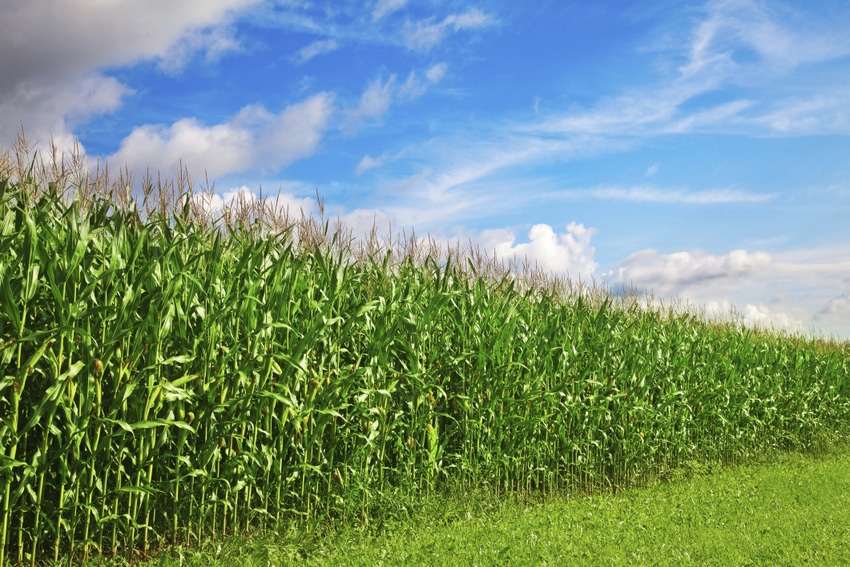University of Minnesota technology will help growers minimize fertilizer use while preserving yield and profits.
February 27, 2018

Sentera has signed an agreement to bring novel University of Minnesota-developed corn nitrogen deficiency technology to the marketplace.
According to Sentera, the technology allows growers to more precisely match applied nitrogen fertilizer to the optimal needs of the crop. Minimizing over-application of nutrients saves money, reduces the risk of fertilizer runoff into lakes, streams and rivers and preserves crop yields.
Under the exclusive agreement, Sentera will integrate the capability into the Sentera FieldAgent Platform and begin field trials with several of its largest customers this year. A commercial rollout is planned for 2019.
"Nitrogen management is one of the primary controllable cost components for corn growers," Sentera chief executive officer Eric Taipale said. "This technology enables tailored management practices, aided by a real-time estimate of nitrogen status. Real-time feedback into existing prescription models delivers further refinement and reduces risk to the grower while improving their bottom line."
The technology, developed through University of Minnesota research with support from the Minnesota Corn Growers Assn., detects nitrogen stress in corn using computer vision techniques that recognize characteristic features on plant leaves. The frequency and appearance of these features correlate directly to nitrogen deficiency. Deficiency information is subsequently fed into models that incorporate other weather, soils and similar information to generate a prescription to address the issue.
"The correct application of nitrogen is a critical variable in crop success and keeping agricultural practices from harming our environment," said David Mulla, professor and Larson endowed chair in soil and water resources at the University of Minnesota's College of Food, Agricultural & Natural Resource Sciences. "Working with Sentera allows us to move the research we've done at the University of Minnesota into the hands of farmers quickly and efficiently. Producers will be able to be far more accurate in their fertilizer application, saving them money and keeping nitrogen out of the water."
Nitrogen stress in crops has generally been identified via more expensive manual techniques or by using remote sensing technology that cannot distinguish between nitrogen and other crop stressors, such as diseases, pests or other nutrient problems. In contrast, this technology can diagnose a nitrogen issue directly.
"The University of Minnesota is a leader in automated sensing technology, pioneering new methods for solving difficult problems," said Nikolaos Papanikolopoulos, McKnight presidential endowed professor in computer science and engineering at the university's College of Science & Engineering. "It's exciting to see this technology being licensed and developed locally, and it's another indication of Minnesota's growing strength — academic and commercial — in the area of sophisticated sensing and analysis."
Sentera has launched a dedicated trial program with some of its largest customers through its FieldAgent Platform.
Sentera is a supplier of integrated remote sensing, analytics and "internet of things" solutions to the agriculture industry.
You May Also Like



